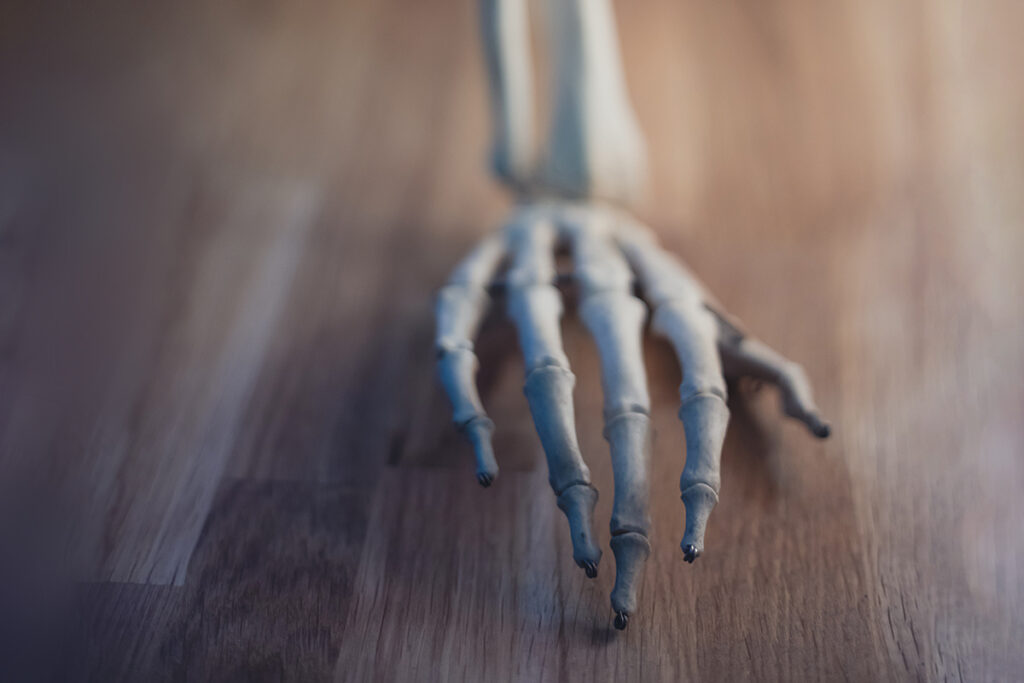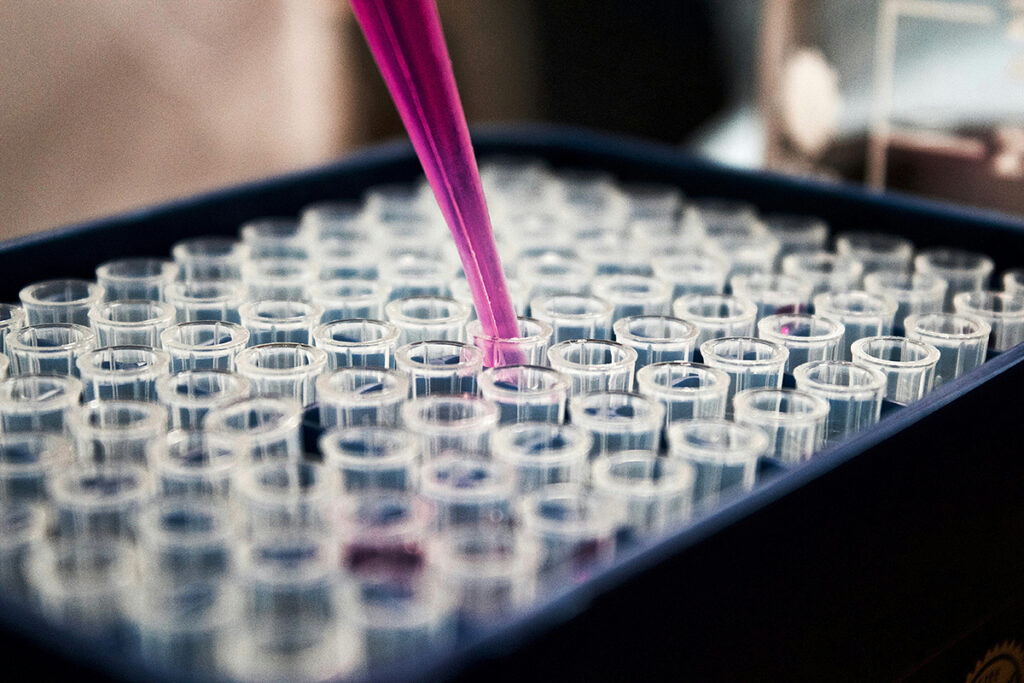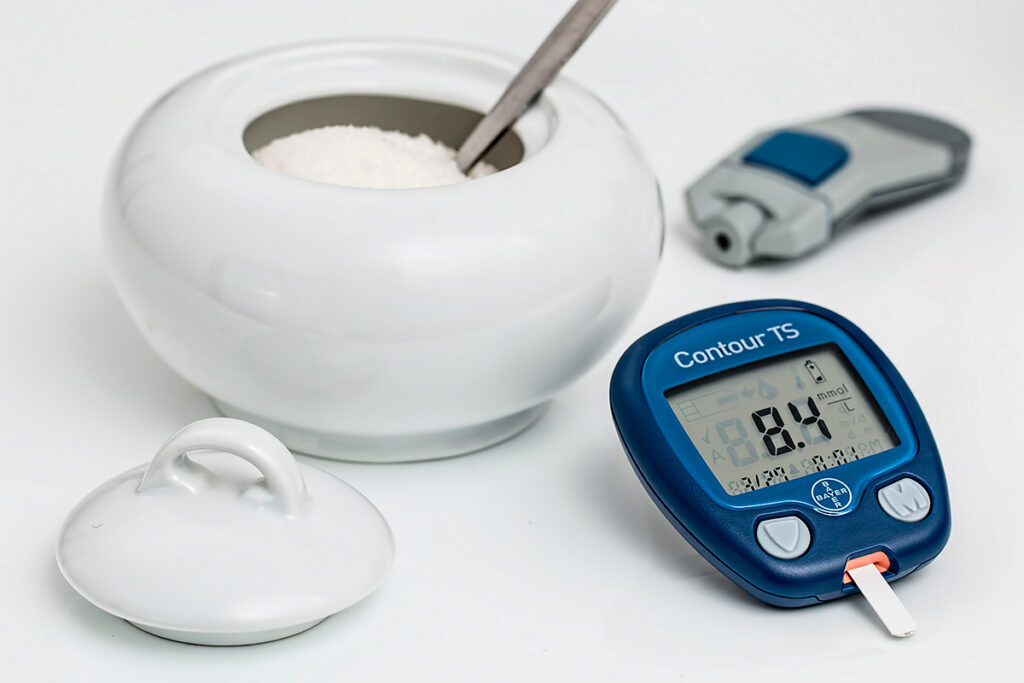COVID-19 can manifest acute extrapulmonary symptoms and lead to long-lasting complications that persist for over 12 weeks, termed post-COVID syndrome or long COVID-19.
Musculoskeletal symptoms associated with post-COVID syndrome include fatigue, muscle and joint pain, new-onset back pain, muscle weakness, and reduced physical performance. Most adult patients experience at least one symptom six months after recovering from COVID-19, especially fatigue, muscle weakness, sleep disturbances, anxiety, and depression.
During the previous SARS coronavirus outbreak, some patients experienced bone necrosis and bone anomalies during rehabilitation, accompanied by reduced bone mineral density (BMD). Reduced BMD, in part, is attributed to extended corticosteroid treatments. In COVID-19 patients, low vertebral BMD can predict mortality, with decreased BMD associated with a higher risk of severe COVID-19.
COVID-19 and its treatments reduce bone mineral density, particularly in older and frail individuals. Therefore, careful monitoring of the risk of bone loss and falls is essential in these patients.
The inflammatory response causes bone loss due to the excess production of pro-inflammatory cytokines, which lead to hyperactivation of osteoclasts bone-resorbing cells and may impair the function of osteoblasts, which form bone tissue. Inflammation-induced bone loss may persist even after effectively treating inflammatory diseases.
Scientists from Guanshi Medical University in China reviewed scientific research on the impact of the coronavirus on bone health.
Impact of COVID-19 on Bone Density
In mice infected with the coronavirus, the number of osteoclasts sharply increases by 64%, with a significant loss of bone tissue observed within two weeks of infection. Notably, unrelated to reduced activity, substantial bone loss occurs even in asymptomatic mice.
Hamsters infected with COVID-19 also experience a considerable loss of bone mass, especially in long tubular bones and the trabecular bone tissue of lumbar vertebrae. This bone loss is linked to elevated levels of pro-inflammatory cytokines that increase the number of osteoclasts and trigger an inflammatory response within skeletal tissues, intensifying the actions of osteoclasts. Bone loss in hamsters continues until recovery.
Cytokine storms, characterized by a sudden surge in pro-inflammatory cytokine levels, are observed in patients with severe COVID-19. Interleukin-1 (IL-1) is one of these pro-inflammatory cytokines. IL-1 stimulates osteoclastogenesis, suppresses bone formation, and contributes to bone and cartilage tissue degradation. Tumor necrosis factor-alpha (TNF-α) and interleukin-6 (IL-6) also produce osteoclastogenesis and inhibit osteoblastogenesis. Moreover, TNF-α promotes the production of IL-8, which can stimulate osteoclast formation and contribute to bone tissue degradation. IL-17A also plays a significant role in bone loss and cartilage damage.
The Link Between COVID-19 and Osteoporosis
Osteoporosis is a metabolic bone disease characterized by low bone mass, normal mineralization, and abnormal microarchitecture of bone tissue. Patients with osteoporosis have a higher risk of contracting the coronavirus. After COVID-19, these patients often experience a more severe form of osteoporosis, with some even developing osteoporosis as a complication of the virus.
In patients with COVID-19, there is an elevated level of microRNA-4485 molecules, which inhibit bone tissue formation. The TLR-4 receptor is a potential target through which microRNA-4485 operates. Targeting microRNA-4485 and TLR-4 could potentially aid in treating osteoporosis in COVID-19 patients.
Oxidative stress plays a significant role in the pathogenesis of COVID-19. Oxidative stress leads to aging and a more severe course of the disease. On the other hand, the coronavirus contributes to aging by increasing the secretion of pro-inflammatory molecules and enzymes associated with aging, known as SASP. SASP can contribute to cytokine storms, inflammatory cell infiltration, fibrosis, and microthrombosis. Oxidative stress impairs the formation of osteoblasts and accelerates the progression of osteoporosis.
A deficiency in sex steroids is linked to bone loss and an increased risk of fractures. One of the causes of osteoporosis in men is low testosterone levels. Men with COVID-19 experience significantly reduced levels of testosterone compared to healthy individuals. In men, decreased serum testosterone concentration is associated with heightened inflammation, worsened lipid profiles, disease severity, and COVID-19-related mortality.
The Connection Between the Coronavirus, Calcium Homeostasis, and Vitamin D
Vitamin D is essential for calcium homeostasis, maintaining bone mass, and an optimal immune response to acute respiratory infections. The normal range for vitamin D is above 30 nmol/L. In the elderly, levels below 30 nmol/L can lead to reduced bone mineral density, secondary hyperparathyroidism, and impaired mineralization. Risk factors for vitamin D deficiency include the winter season, high body mass index, northern latitudes, and inadequate vitamin D intake.
Vitamin D plays a crucial role in antiviral protection. Vitamin D is involved in both innate and adaptive immune responses. It suppresses the production of pro-inflammatory cytokines and promotes immunological tolerance due to vitamin D receptors on most cells, particularly immune cells, including activated T and B lymphocytes and macrophages. Vitamin D inhibits the production of pro-inflammatory cytokines such as IL-17 and interferon-gamma while enhancing the production of the anti-inflammatory cytokine IL-10, more prominently in women than in men. This might be one reason men experience more severe cases of COVID-19 than women.
Vitamin D deficiency is associated with a higher risk of contracting the coronavirus and poorer outcomes. Vitamin D deficiency is linked to an increased risk of progressing to severe COVID-19, characterized by a blood clotting disorder that can lead to thrombosis. Vitamin D deficiency also stimulates platelet activation and aggregation, inhibits fibrinolysis, and promotes thrombus formation. Administering vitamin D improves the clinical outcomes of hospitalized COVID-19 patients. Vitamin D supplementation significantly reduces hospital stay length and supplemental oxygen use duration, enhancing overall clinical well-being.
The Impact of Steroid Therapy on Bone Health
Glucocorticoids (GCs) treat inflammatory, allergic, and autoimmune diseases. GCs suppress both innate and adaptive immunity and possess anti-inflammatory properties. GCs are recommended for treating COVID-19 in patients requiring oxygen therapy but are not advised for non-hospitalized patients. The physician decides to prescribe GCs based on the severity of COVID-19 and an analysis of the benefit-risk ratio for the individual patient.
Prolonged GC therapy contributes to the development of post-COVID syndrome, with symptoms including fatigue, neuropsychiatric disorders, and neuromuscular weakness. Extended high-dose GC use can result in femoral head necrosis. Therefore, in cases where femoral head necrosis is suspected, an MRI of the hip joint is recommended to facilitate the timely initiation of combined bisphosphonate therapy.
Useful article, necessary information? Share it!
Someone will also find it useful and necessary:



